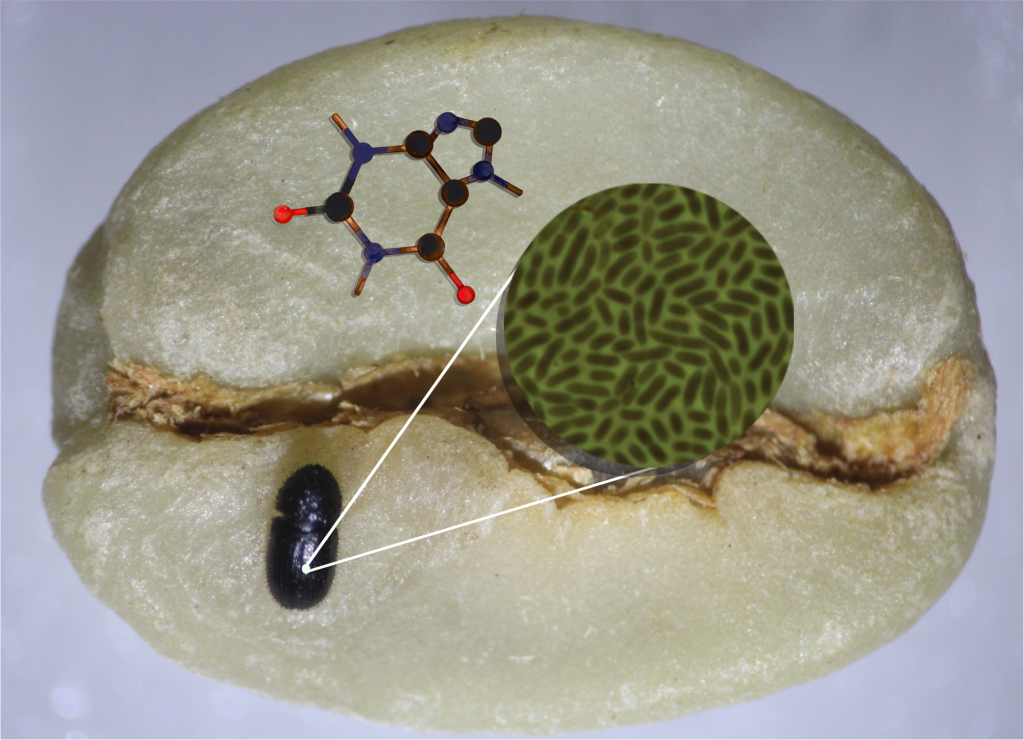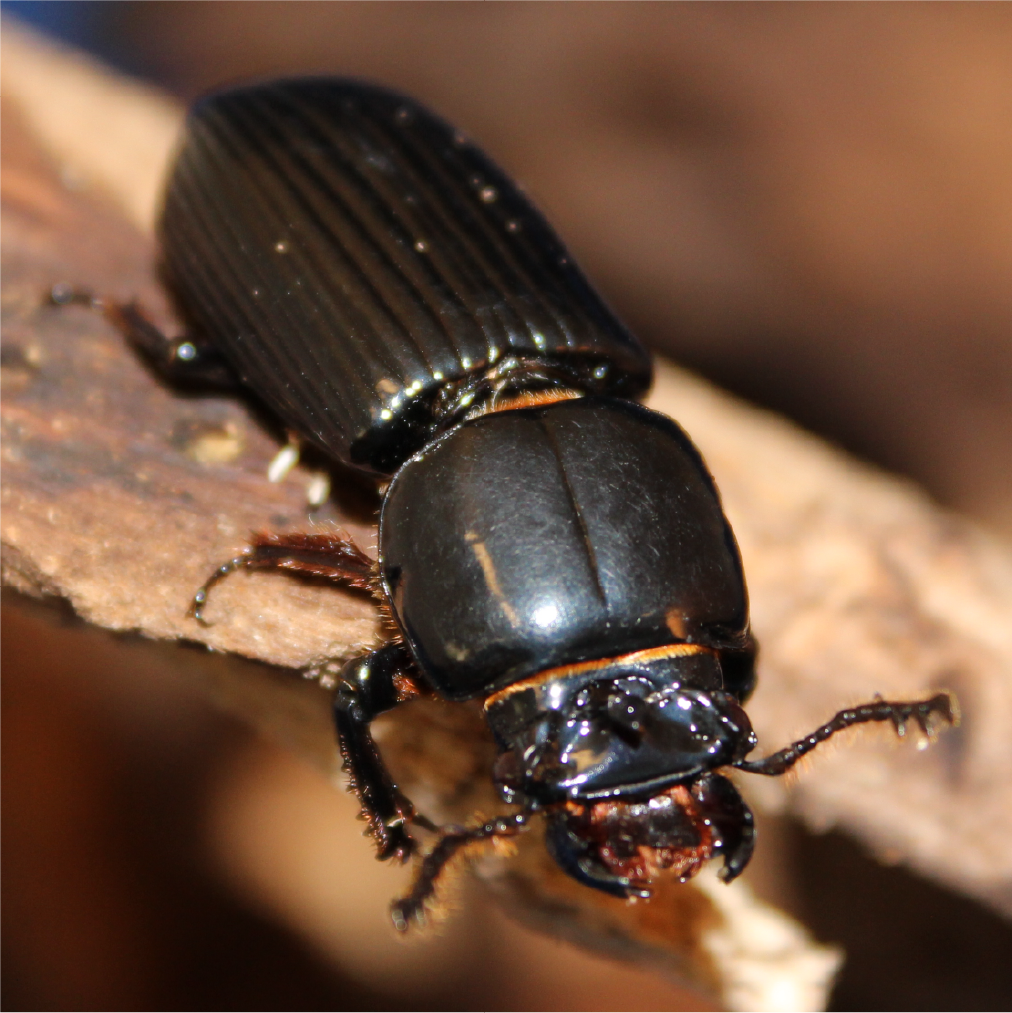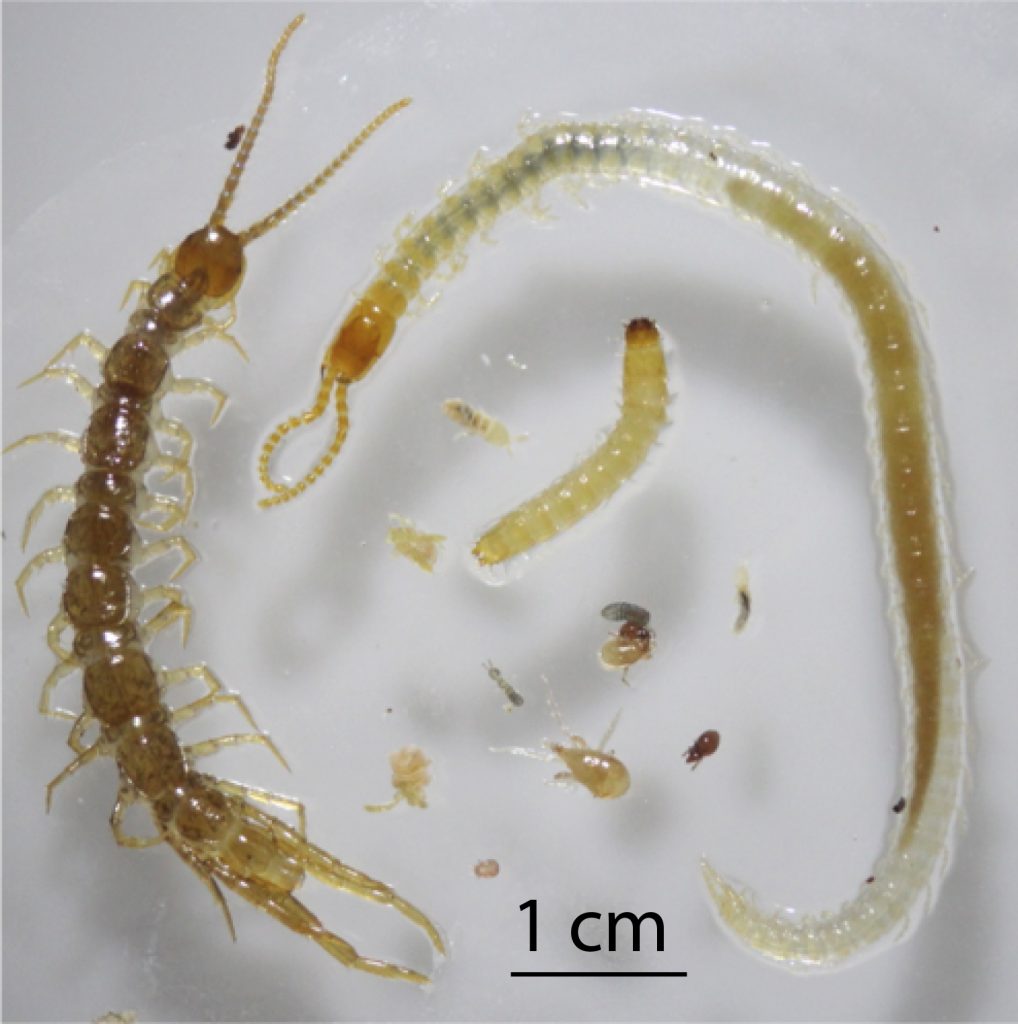Host-microbe interactions are increasingly recognized as critical for the ability of numerous organisms to survive, thrive, and dominate an environmental niche. Over evolutionary time, arthropods have developed numerous associations with microorganisms that have shaped the way that arthropods interact with each other and the environment. These associations with microbes also provide the arthropod host with novel metabolic capabilities including detoxification of plant defense
However, the establishment of beneficial microbial partners within a host requires more than the acquisition of the microorganisms; the host itself must provide numerous habitats developed through co-evolutionary processes to sustain and promote the key microbial metabolic functions, upon which the arthropod may rely. Understanding the biological and ecological mechanisms that have driven complex host-microbe interactions in arthropods may facilitate the development of new strategies to improve how we control pests and treat diseases, and also guide the design of new biotechnological processes for metabolite and energy production.
The role of the microbiome in promoting arthropods survival to toxic compounds

In this research area, my central system of study is the bark beetle Hypothenemus hampei, also known as the coffee berry borer (CBB), an insect considered as the most devastating pest in all coffee-producing areas in the world. This insect spends its entire life cycle inside of the coffee fruit, feeding on the coffee seed while exposing itself to doses of the toxic alkaloid, caffeine – a characteristic not known in any other arthropod. The overall goal of this study is to understand the role of CBB’s associated microbes in the ability of the insect to survive toxic caffeine levels and ultimately to determine whether manipulation of the microbiome can be effective means of pest control.
My collaborative research on the coffee berry borer has resulted in the development of essential tools to understand host-microbe interactions. I developed approaches for the extraction of DNA from small insects (~0.5 mm) for the characterization of their associated microbiome and the host’s genome using next-generation
Co-evolution of wood-feeding beetle’s digestive tract physical structure and microbial function

This research topic aims to decipher the
My research with this insect has incorporated metagenomic, metaproteomic, and metabolomic analyses with the characterization of physiological gradients within the gut to further define the distribution of microbial function through the insect’s gut. Our results point out that in each region of the insect’s digestive tract, microbial communities perform well-defined roles for lignocellulose transformation and fermentation and that these processes directly relate to the gut’s morphological and physiological properties. These ‘omics approaches have also opened new hypothesis – for example, we observed that the last region of the beetle gut, where products are packed for excretion, is also characterized by the activity of ligninolytic and nitrogen-fixing enzymes. These observations, together with the fact that early stages of the insect can only survive on the adult’s frass, seem to indicate that microbes may also play an essential role in the formation of social bonds between individuals belonging to the same family.
Environmental feedbacks between soil and the arthropod microbiome

Invertebrate animals make up the majority of the world’s known species, with the groups Arthropoda alone representing more than 60% of all living species on Earth. In soil, arthropods modify the distribution of nutrients within ecosystems. These metazoans function as ecosystems engineers through both physical and chemical transformation of the soil environment, providing modified habitats for soil microorganisms and other soil fauna, and thereby affecting the cycling of nutrients. During their evolution, metazoans have incorporated microorganisms or their genes as part of their living machinery, where the associated microbiome cooperates by integrating processes such as nitrogen fixation, the transformation of chemically-complex plant polymers, or the degradation of toxic compounds, allowing them to specialize in numerous environments.
This research topic aims to elucidate the relationship between the soil microbiome and the microbiome associated with soil arthropods as a way to understand the feedbacks between environment and the host-microbiome. As part of this work we are also isolating the microbes associated with soil arthropods with focus on those microorganisms with the potential for nitrogen fixation, and lignocellulose transformation.